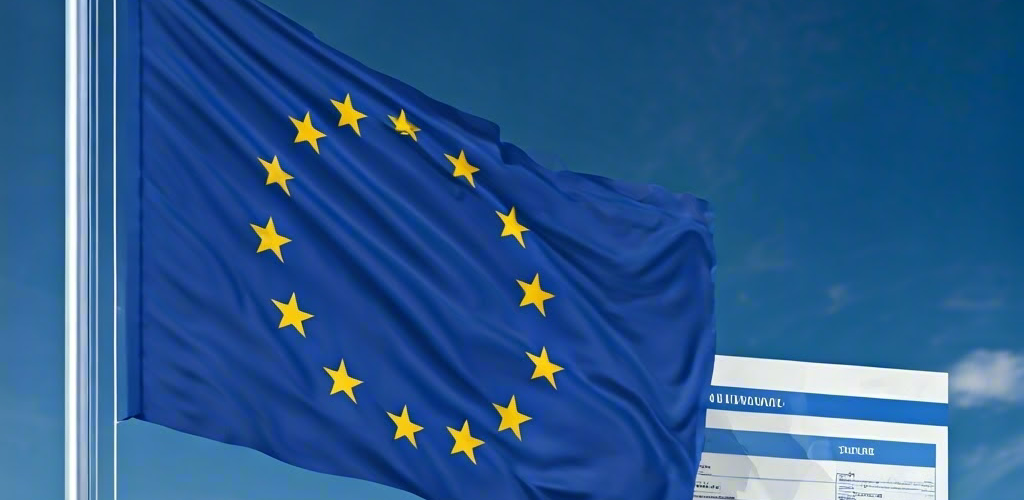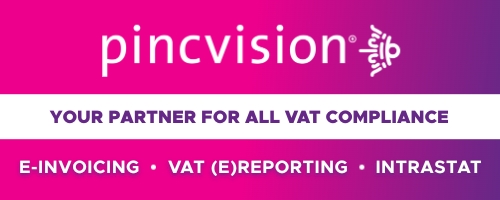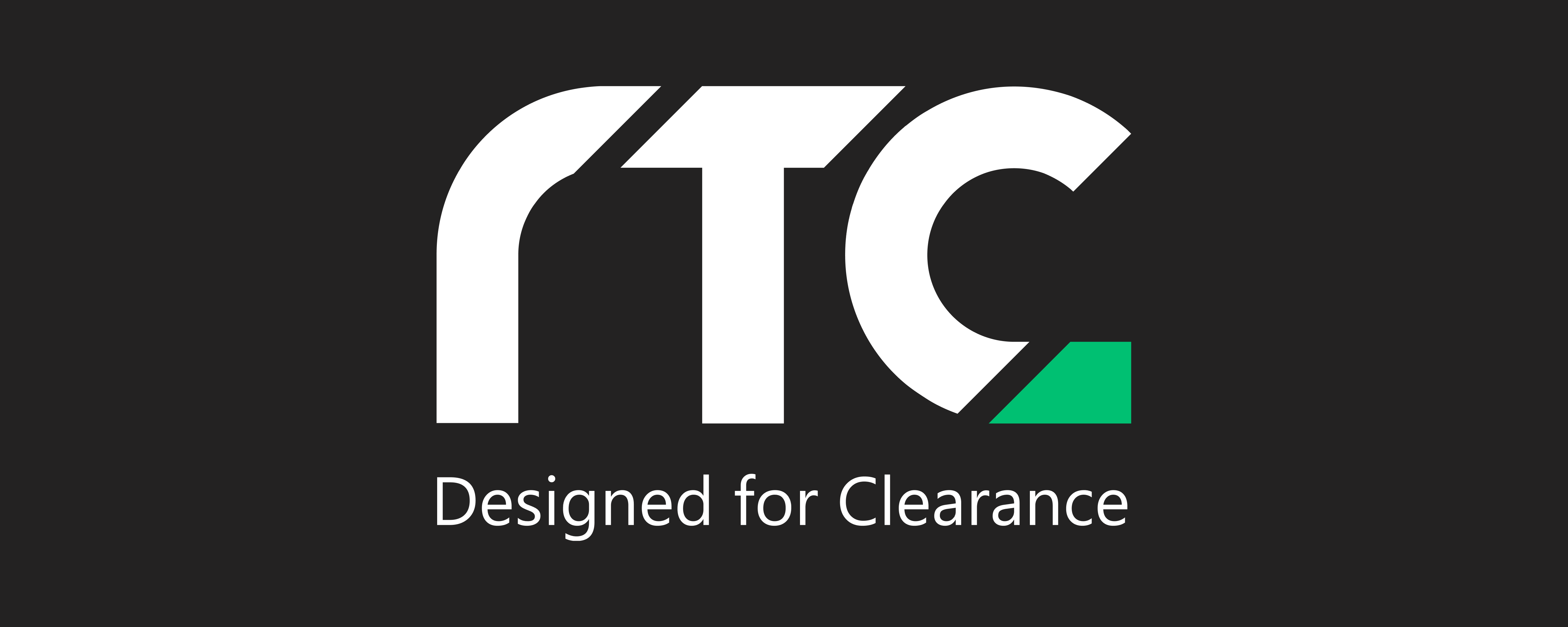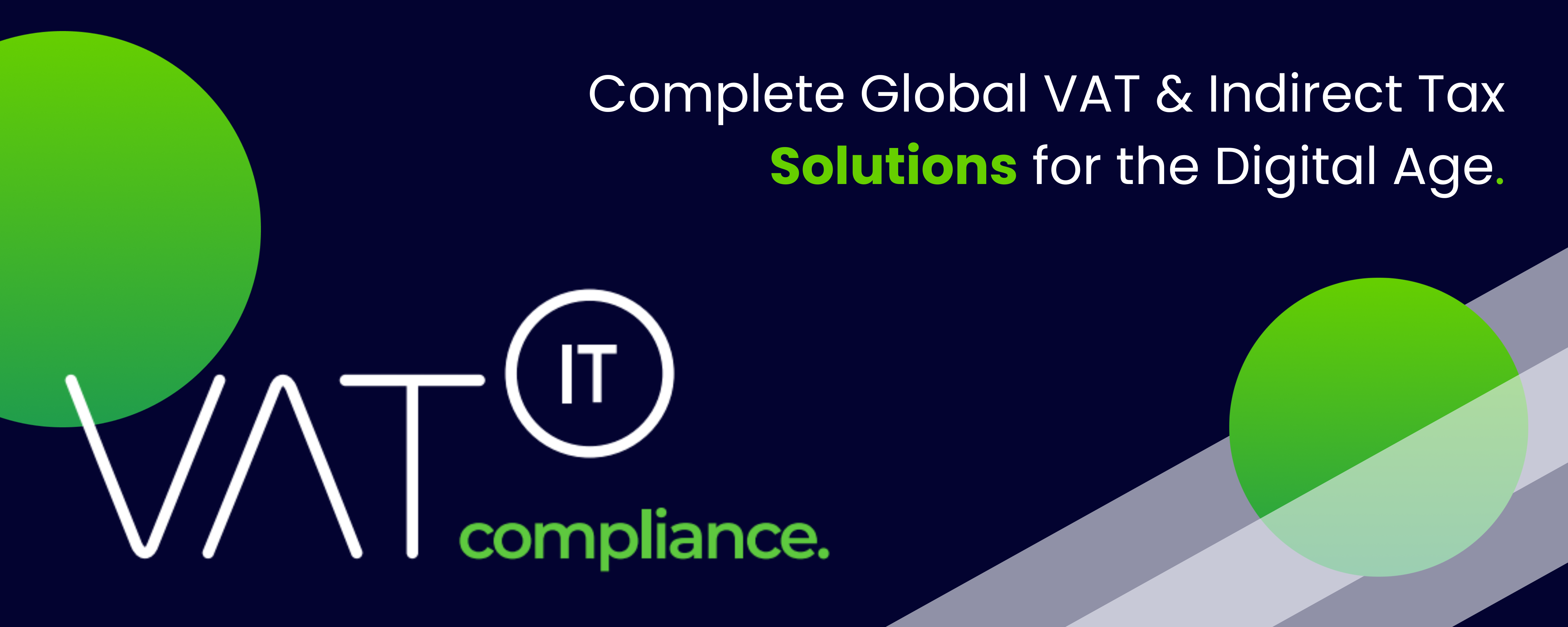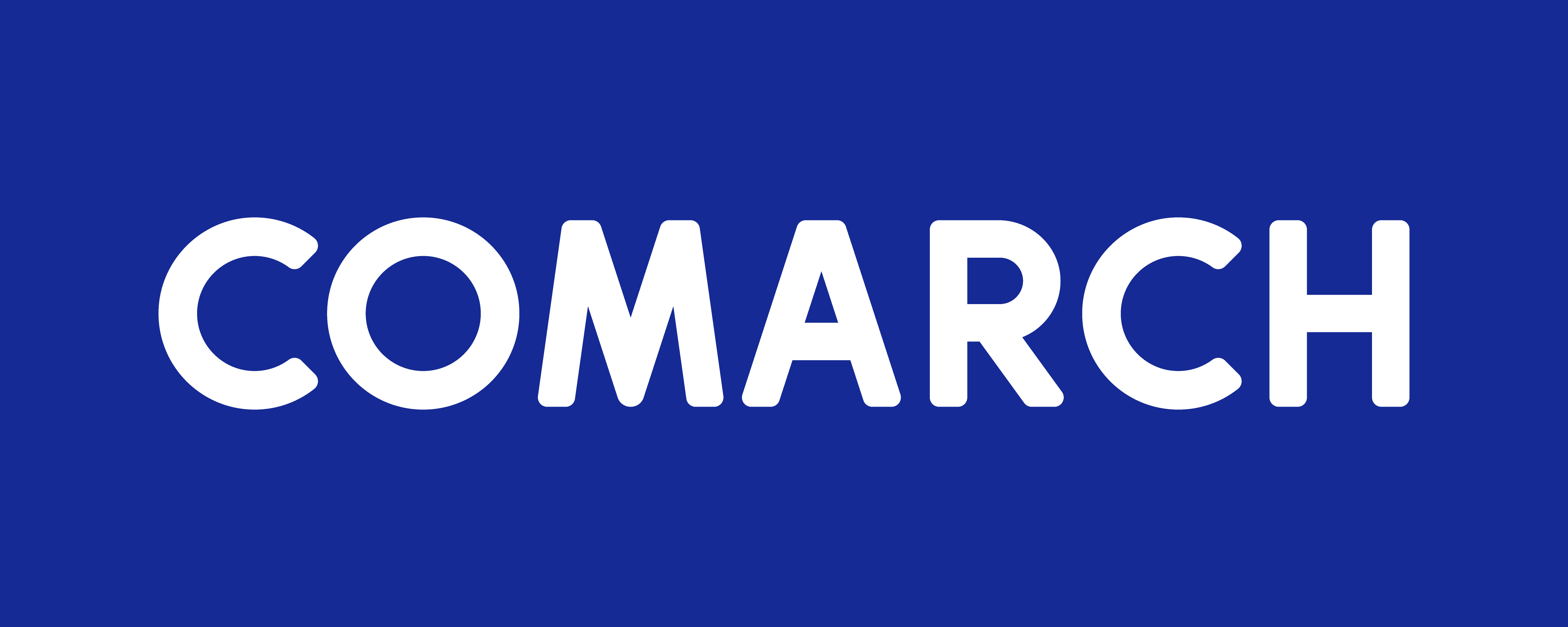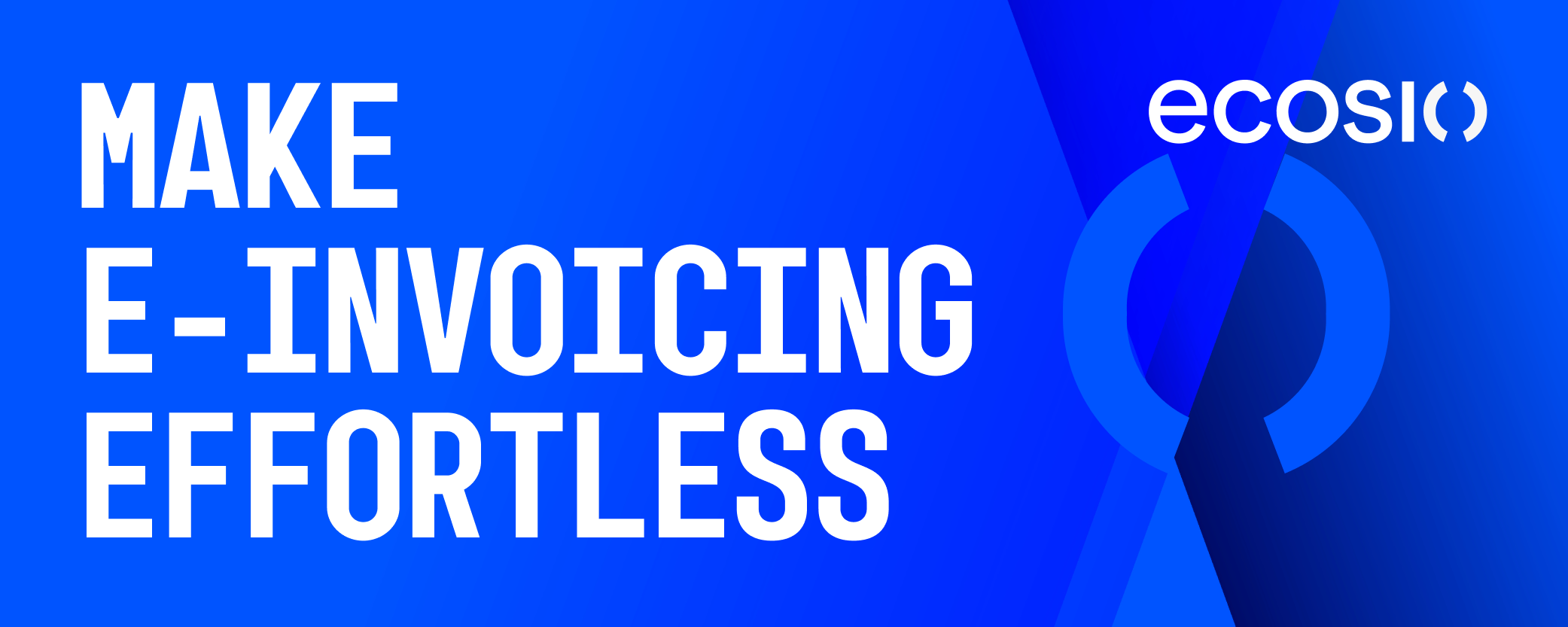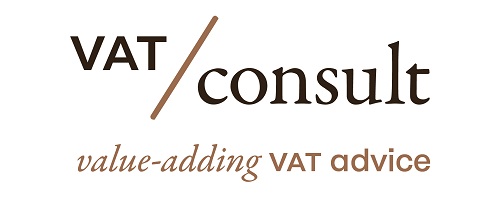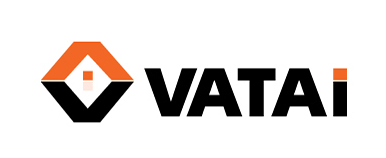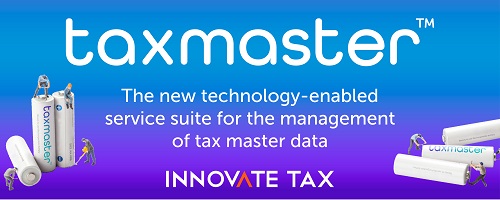Summary
- Revision of EN 16931 Standard: CEN TC 434 is revising the EN 16931-1 e-invoicing standard to enhance digital invoicing practices across EU Member States, addressing the original standard’s limitations in B2B applications and Continuous Transaction Controls (CTC).
- Driving Forces and Key Changes: The revision is driven by the EU’s VAT in the Digital Age (ViDA) initiative and the need for a comprehensive data model to support new B2B mandates. Key areas of focus include enhancements to the core semantic data model and ensuring compatibility with national regulations.
- Timeline and Implications: The revision process is ongoing, with a new version expected to be released in September 2025. The changes aim to harmonize e-invoicing standards across Europe, improving compliance and interoperability while also addressing challenges related to cost-effective adoption for Small and Medium Enterprises (SMEs).
Executive Summary
The European Committee for Standardization (CEN) Technical Committee 434 (CEN/TC 434) is revising the EN 16931-1 e-invoicing standard, driven by reforms aimed at enhancing digital invoicing practices across EU Member States. The original standard, focused on Business-to-Government (B2G) transactions, lacked features necessary for Continuous Transaction Controls (CTC) and comprehensive Business-to-Business (B2B) applications. The revised standard aims to streamline invoicing processes, ensure compliance with evolving regulatory requirements, and support broader adoption of digital invoicing across Europe. A key challenge is ensuring that Small and Medium Enterprises (SMEs) can adopt the standard at a low cost.
Main Themes and Key Information
1. Driving Forces Behind the Revision
- VAT in the Digital Age (ViDA) Reforms: The revision is primarily catalyzed by the EU’s ViDA initiative, which mandates digital reporting requirements and intra-community e-invoicing.
- Expansion to B2B Transactions: The original EN 16931 was tailored for public procurement and B2G transactions. The revision is essential for adapting the standard to the increasing number of B2B e-invoicing mandates.
- Need for Comprehensive Data Model: Updates are necessary to incorporate features for CTC, tax reporting, and business sector e-invoicing.
2. Key Areas of Revision and Anticipated Changes
CEN/TC 434 is focusing on several specific changes through its Working Groups (WGs):
- Core Semantic Data Model Enhancements (WG1): New data elements are needed in invoices to support B2B scenarios, including updates driven by ViDA and advanced invoice management capabilities.
- Syntax Bindings (WG3) and Extension Methodology (WG5): These groups will ensure compatibility and flexibility of the updated standard, focusing on how national and sector-specific rules are handled.
3. Timeline and Process
- The revision has been underway for three years, with a final meeting scheduled for June 2025. The new version of EN 16931 is expected to be published in September 2025, following a structured inquiry and voting process.
4. Organisational Structure and Challenges of CEN TC 434
- CEN TC 434 was established in 2014 to create a common standard for electronic invoicing. It comprises representatives from all EU member states, with a consensus-based decision-making process.
- Key challenges include balancing diverse stakeholder perspectives, ensuring low-cost adoption for SMEs, and addressing strict intellectual property policies that limit stakeholder feedback.
5. Impact and Future Implications
- The revision will enhance harmonization of e-invoicing standards across Europe, potentially rendering some national extensions redundant. It will also replace existing reporting requirements with digital formats and integrate with broader e-invoicing initiatives.
- While harmonization is the goal, national specificities will remain, and countries like Austria are adopting a cautious approach in observing the developments in e-invoicing.
Conclusion
The revision of EN 16931 is crucial for aligning European e-invoicing with ongoing reforms and the move towards mandatory digital reporting in B2B transactions. CEN TC 434 is making significant progress despite the complexities involved in reaching consensus among diverse member states. The updated standard is expected to streamline invoicing processes, improve compliance, and enhance interoperability, ultimately impacting millions of businesses across Europe. Businesses should stay informed about the finalization and publication of the new standard and prepare for its implications.
Source Comarch
- Revision of EN 16931-1 Standard: CEN’s Technical Committee 434 (CEN/TC 434) is revising the EN 16931-1 e-invoicing standard to align with upcoming legislative changes, including the ViDA proposal and Germany’s B2B e-invoicing mandate effective January 1, 2025.
- Purpose of Revision: The standard, initially for Business-to-Government (B2G) transactions, is being updated to cover Continuous Transaction Controls (CTC), tax reporting, and business sector e-invoicing to meet new regulatory requirements.
- Expected Enhancements: Updates will include ViDA-driven requirements (IBANs, margin schemes, goods/services indicators), business e-invoicing features (support for multiple orders, XML attachments), B2B VAT improvements (new VAT codes, exemption reasons), and advanced invoice management (issuance times, payment details, early payment discounts, multiple buyer IDs).
Other Sources
Click on the logo to visit the website
- See also
- Join the Linkedin Group on Global E-Invoicing/E-Reporting/SAF-T Developments, click HERE


